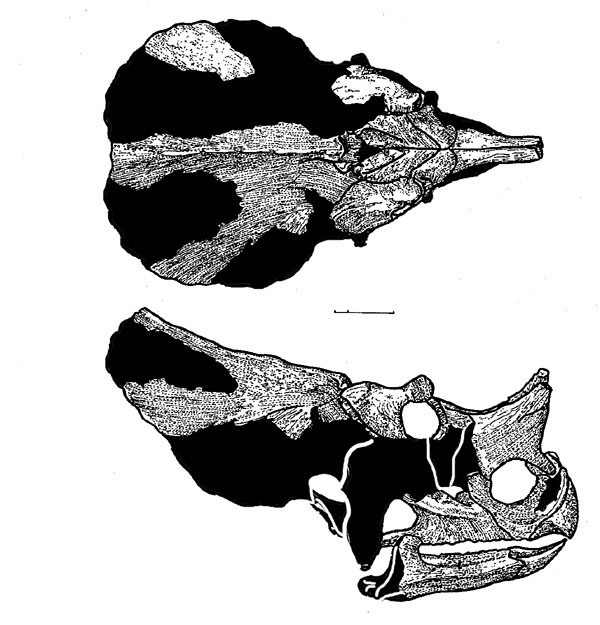
Species: montanensis GILMORE, 1914
Etymology: In reference to the state of Montana.
= Monoclonius montanensis (GILMORE, 1914)
STERNBERG, 1949
Holotype: USNM 7951
Locality: N. E. 1/4, Sec. 16, T37N, R8W, Milk River, Blackfeet Indian Reservation, Teton County, Montana.
Horizon: Two Medicine Formation.
Biostratigraphy:
Age: Judithian age, Campanian Stage, Senonian subepoch, Upper Gulf epoch, Late Cretaceous.
Material: Nasals, prefrontals, postfrontals postorbitals, premaxillaries, maxillaries, alisphenoid, fragmentary part of frill, and right dentary and predentary.

Skull in dorsal and lateral view.
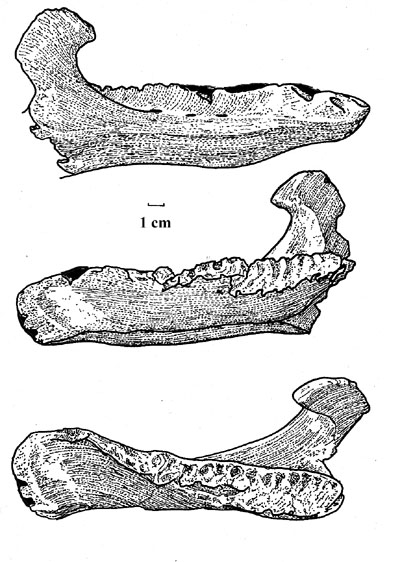
Dentary in laterial, internal and dorsal views.
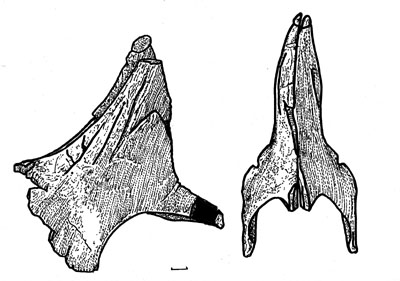
Nasal horn.
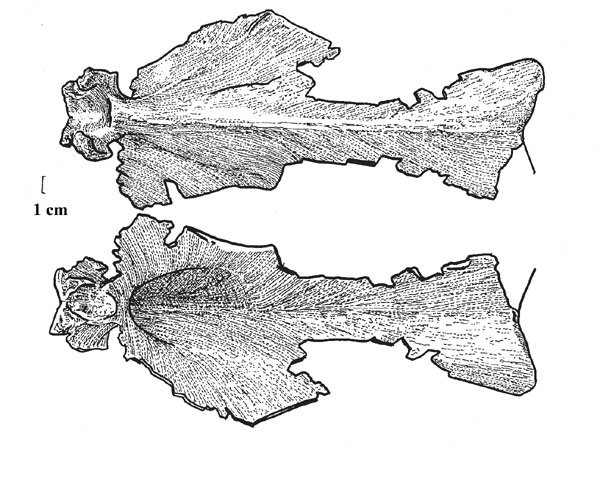
Parietal in dorsal and ventral view.
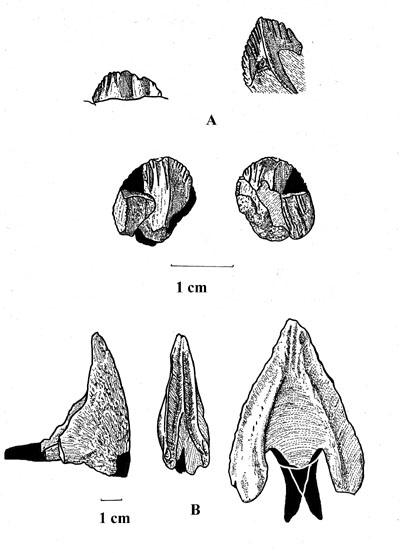
A) Teeth; B) premaxilla.
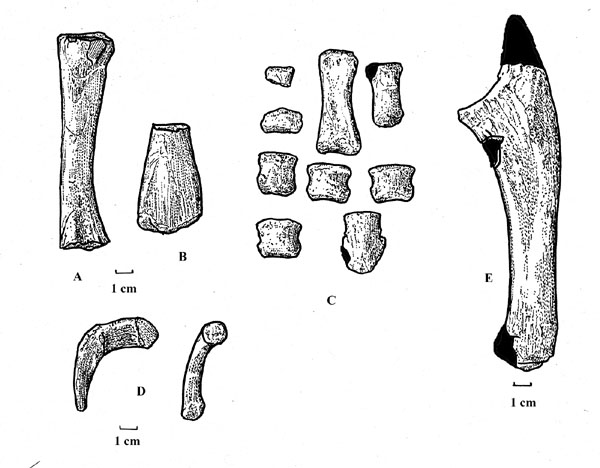
A) Radius; B) Ulna; C) Manus; D) ; E) Ulna.
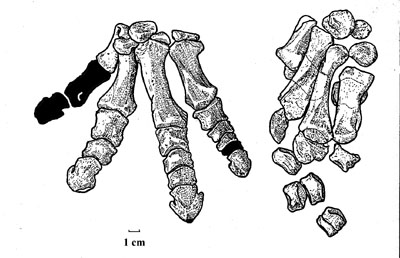
Pes.
Paratypes:
USNM 7952: Rostral and portions of premaxillaries.
USNM 7953: Sacrum, complete pelvis, and articulated caudal series of 45 vertebrae continuing to the tip of tail.
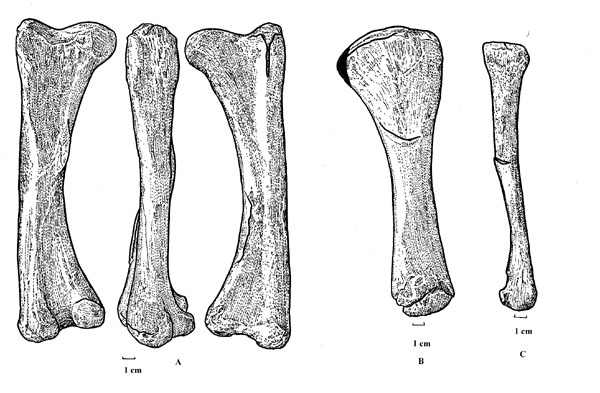
Femur and tibia.
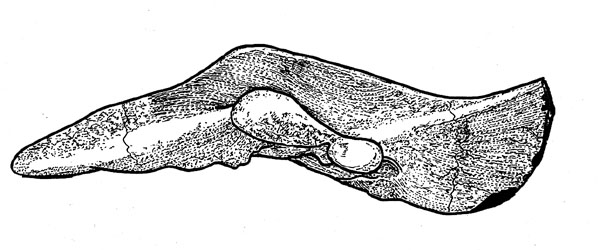
Ventral view of ilium.
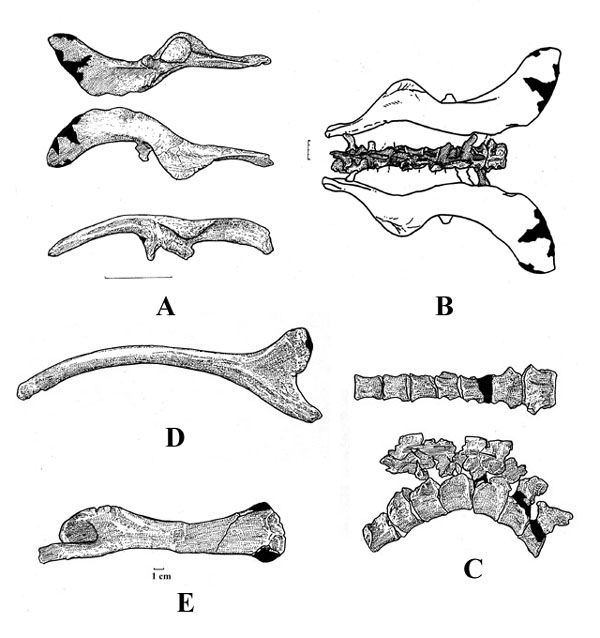
A) Ilia; B) Ilium in dorsal view; C) Sacral vertebrae in dorsal and laterial view; D) Ischium; E) pubis.
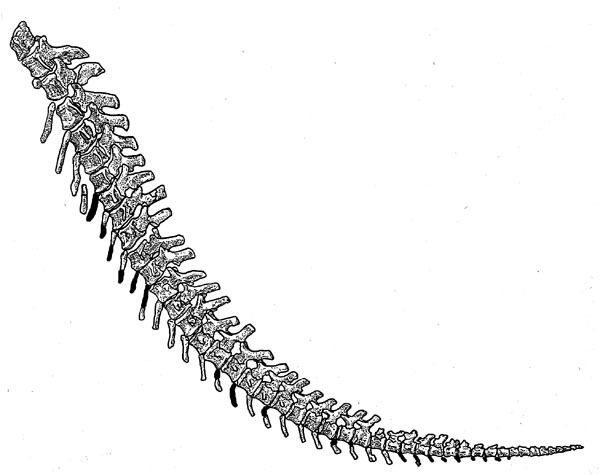
Caudal vertebrae.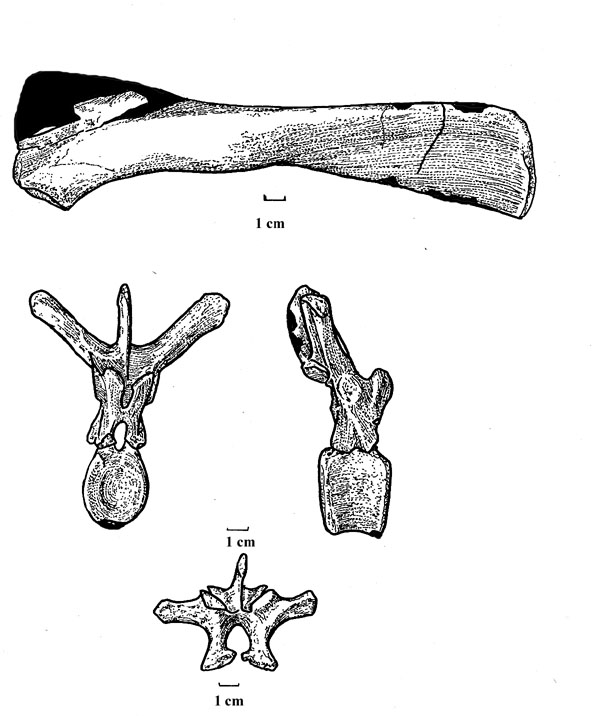
Scapula and dorsal vertebrae.
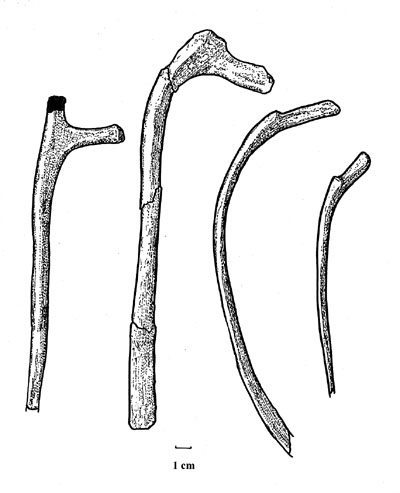
Ribs.
USNM 7957: 2 tarsals of the distal row, four articulated metatarsals, a portion of the fifth, and eleven phalanges.
Note: Juveniles.
Referred material:
GILMORE, 1917
USNM 8073: Right ischium.
USNM 8076: Left ulna.
USNM 8077: Proximal end of a radius.
USNM 8078: Distal end of a radius.
USNM 8079: Bones of the fore foot.